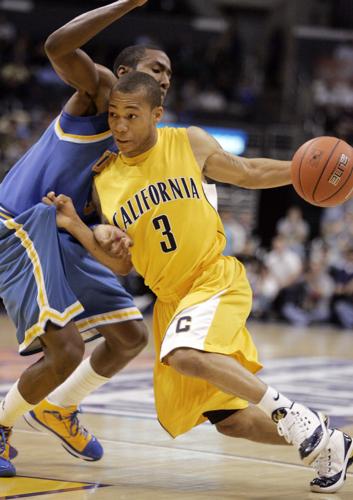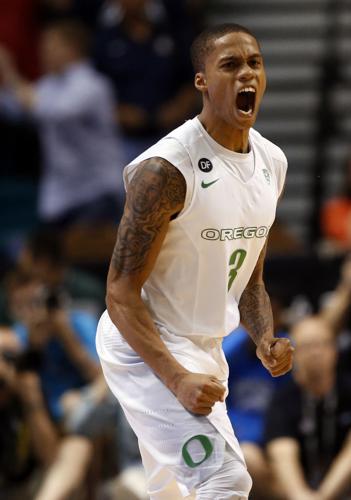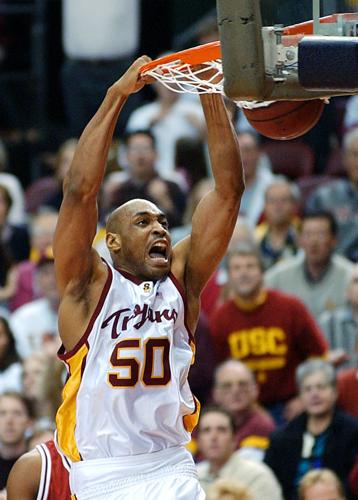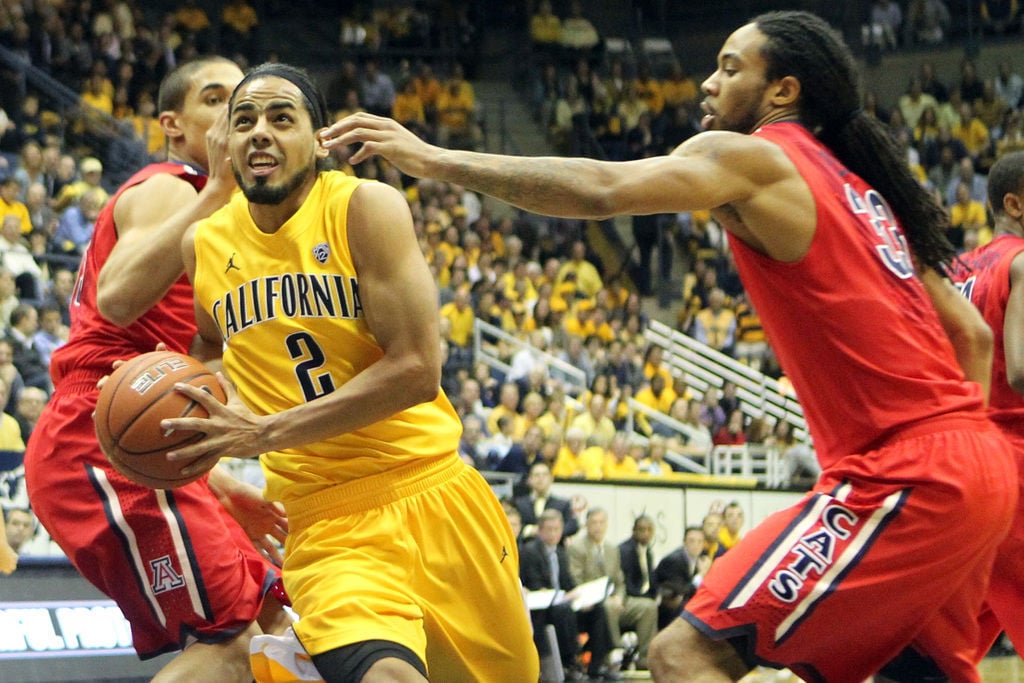From Sombrero Peak to Mount Lemmon, from Sentinel Peak to Mount Wrightston, the Southern Arizona chorus echoes: Sean Miller has got to stop recruiting five-star recruits.
No more McDonald’s All-Americans.
No more one-and-dones.
It ain’t working.
Go get another T.J. McConnell. Find the next Solomon Hill. Oh, how we miss Nick Johnson.
So far, no one has stepped forward with a tangible, sustainable plan for Arizona’s basketball success. It’s just: Don’t do this any longer.
I have a plan that will work. I’m serious.
From 2001-15, the Pac-12 Conference produced five players of the year who were exactly the kind of stay-and-play prospects that could take Arizona back to the Final Four.
Introducing:

Southern California’s Sam Clancy slam dunks after a turnover by Stanford during the second half Saturday, Jan. 26, 2002, in Los Angeles. (AP Photo/Kevork Djansezian)

Former Cal player Jerome Randle didn’t receive any attention from the game’s perennial powers coming out of high school, but ended up averaging 18 points per game as a senior as the Golden Bears won the Pac-10.

Oregon’s Joseph Young reacts after hitting a three pointer with less than three seconds in the game to give the Ducks a win over Utah in their semifinal game at the Pac-12 Tournament, Friday, March 13, 2015, Las Vegas, Nev. Kelly Presnell / Arizona Daily Star
That’s five Pac-12 players of the year. Lampley. Clancy. Randle. Gutierrez. Young. None were first-round draft picks. None were McDonald’s All-Americans. All played four years of college basketball.
All had a knock against them.
Clancy wasn’t quite tall enough to be a dominant center, yet he became a sturdy inside presence, the Pac-10’s player of the year in 2001.
Lampley wasn’t a fluid enough athlete, not an NBA prospect. He broke his foot as a senior in high school. Yet he became the Pac-10’s top player in 2002.
Randle was considered a mid-major prospect, sort of like 2012 Arizona starting point guard Mark Lyons, who put in three years at Xavier before becoming a clutch, all-conference, Sweet 16 standout at Arizona.
Gutierrez wasn’t a good shooter, wasn’t an elite athlete, didn’t dazzle anyone on the AAU circuit. All he could do is find a way to beat you.
Young was in the dime-a-dozen package of wing shooters who didn’t get serious attention from the nearby Texas Longhorns or Big 12 schools like Oklahoma and Kansas. He developed into a Big Game shooting specialist and scored 2,304 college points.
The same not-quite-elite prospects exist every year, but blueblood coaches don’t pursue them because it’s too irresistible to sign five-star prospects and ignore how fleeting their college days are apt to be.
So the Lampleys and Clancys wind up at second-tier basketball schools where, given four years, they become certified game-changers.
If you could assemble a latter-day group of three-star players to match Clancy, Lampley, Randle, Gutierrez and Young, you would need to travel with scissors in March to cut down the nets at your conference tournament. You would sell every seat in the arena, and your product would be sustainable at the highest level of college basketball.
Unless you are Duke or Kentucky or Kansas, it is the most sensible path to success.









